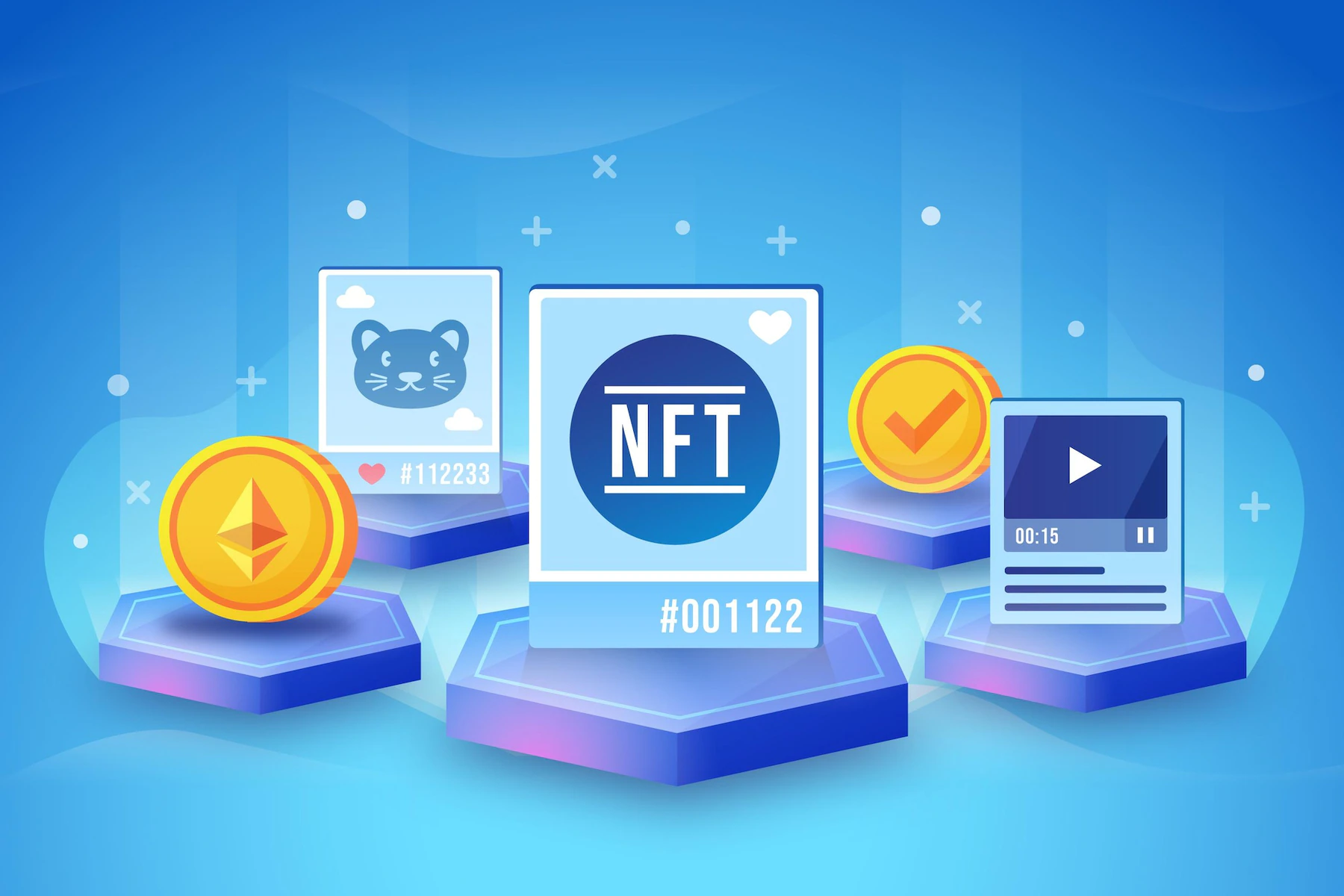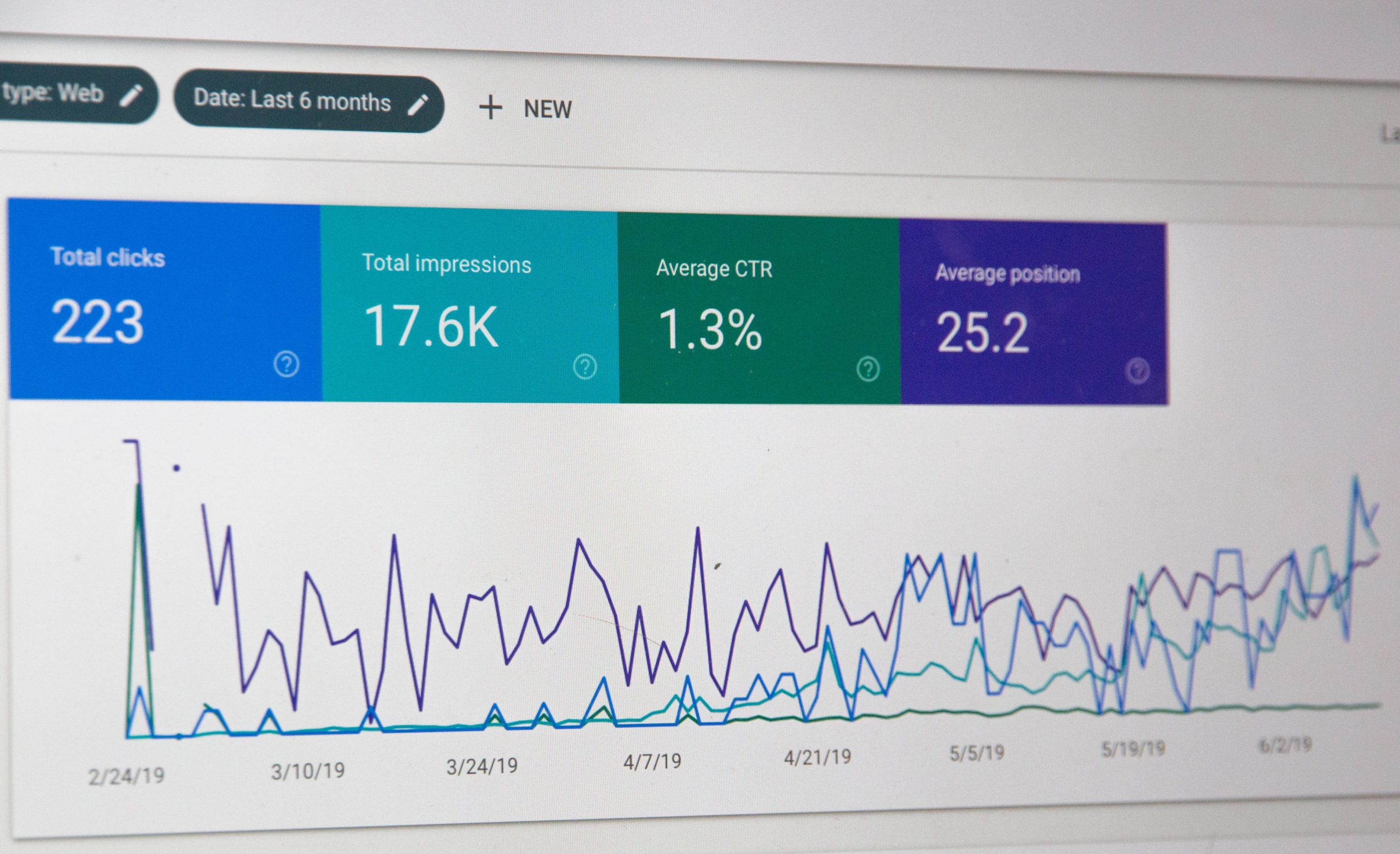- Home
- Business Innovation
- What are NFTs and how do they work


Don't you want to read? Try listening to the article in audio mode 🎧
NFTs, acronym for non-fungible token, are the most popular digital assets at the moment, along with cryptocurrencies. Several NFTs have been sold online at an extortionate price, and there is an increasing number of people who want to get hold of these particular tokens. In this study, we will discuss what NFTs are, how they work and what are their possible applications, including their use in the Metaverse.
What are NTFs: the definition
NFTs are cryptographic tokens that certify a digital asset’s ownership, uniqueness and authenticity. We talk about tokens that are not fungible, and this means they are not mutually interchangeable. Since each non-convertible token is uniquely identifiable, NFTs differ from cryptocurrencies, which are fungible, instead. By purchasing an NFT, you will therefore purchase an image, a video, a song or any other digital asset, whose ownership, uniqueness and authenticity are certified. The most common use cases of NFTs are art, music, films and video games. Strictly speaking, NFTs are data units stored on the so-called blockchain, where, however, not all of the data is stored. Usually, a typical NFT is divided into two separate entities: the “smart contract” stored on the blockchain, and the digital artwork itself. As soon as an NFT is created, every sale of that specific NFT is recorded on blockchain. As a consequence, a ledger with information on ownership and price history of an NFT is created. This record is known as “provenance”, which is very important as it affects the value of an NFT. Moreover, it provides contextual and circumstantial evidence for production or history of a digital item, and identifies digital assets. The provenance can establish that an asset is not a forgery, a reproduction or stolen, thus affecting its value, even in the world of art. It should be noted that NFTs do not convey the intellectual property or copyright of the digital files. The NFT certifies an ownership that is separate from the copyright. Furthermore, the smart contract associated with the NFT can be written to include royalties. The main critical issue of NFTs is precisely related to the absence of specific legal regulations designed to preserve an artwork’s originality.How do Non-fungible Tokens work?
The creation of an NFT is termed as “minting”, and it involves turning a digital file into a digital asset on the blockchain. The most common way to mint an NFT is on an NFT marketplace. There are many marketplaces on which an NFT can be minted, verified, exchanged, or destroyed. One of the most popular platforms is OpenSea, but there are plenty of others to choose from. In order to create NFTs, it is necessary to possess a wallet. To be more precise, wallets are the applications enabling you to save and store cryptocurrencies and NFTs. Your wallet must be compatible with the blockchain on which the NFT is created. The three very popular wallets that deserve to be mentioned are Trust Wallet, Coinbase Wallet, and MetaMas. But there are plenty more. So, basically, the creator uploads a file to the platform, assigns it a title and subtitle, adds a description, sets up royalties, and then offers the NFT for sale. Royalties are always set when the NFT is created. They also entitle the creator to a percentage of subsequent sales. Once the NFT is created, the token moves into the wallet, thus transforming the digital file into a cryptographic asset that can be traded on a digital market. Transaction fees are then associated with NFTs. Users must pay "minting" fees, also called "gas fees", when users mint an NFT. But it can happen that in some platforms users only pay minting fees and gas fees only once. Those wishing to purchase NFTs will therefore have to choose an NFT platform.- Open-theme platforms: where everyone can create NFTs. The best known are OpenSea and Rarible.
- Exclusive open-theme platforms: where you need approval to become a creator. The most popular are Foundation and Nifty Gateway.
- Exclusive theme-specific platforms: in these platforms, creators are integrated with platform owners, and only pre-approved collections can be exchanged. Some well-known examples are Larva Labs and Dapper Labs.
What are NFTs used for today?
As mentioned, NFTs are used to buy or sell digital assets, such as images, videos, GIFs, tweets, songs, films, virtual playing cards, video games skins, virtual real estate, etc. NFTs are often bought by users to be resell at a higher price, or for the mere desire to own something unique. In fact, these tokens find application in many areas. Here are the most well-known use cases:- Art: NFTs depicting works of art are among the most sought-after and purchased on the market. The best-known of all artistic NFTs is undoubtedly “Everydays - The First 5000 Days”, a collage composed of five thousand digital artworks, created one a day, for five thousand days, by Mike Winkelmann (aka Beeple).
- Metaverse: NFTs are used in Metaverse platforms, such as Decentraland. On Decentraland, NFTs define ownership of digital land, which therefore represent the user's digital real estate assets. In the world of augmented reality, NFTs can potentially be used not only for land, but also for the clothes of your avatar, or any other digital object.
- Gaming: in the gaming world, NFTs are used to reward the user. The "play-to-earn" system works very well within this sector.
- Social: NFTs are also widely used in Twitterverse. Suffice to say that Elon Musk refused about 1 million dollars offer to buy his tweet as an NFT.
- Sport: sport is also a use case for NFTs. For example, on the NBA Top Shot platform, users buy NFT videos related to the NBA.
What are the opportunities for companies?
Considering that NFTs are applied in various fields, they also represent a great opportunity for companies. The companies that could benefit from NFTs belong to a wide variety of sectors: fashion, sports, real estate, entertainment, art, catering, gaming, and so on. For example, a company could use NFTs to promote its brand logo, to build customer loyalty, to improve experience, or to finance new business initiatives. NFTs therefore represent a very high-potential marketing lever. What is the future of NFTs? Several experts claim that this is not a bubble, but an asset with great probability of future growth, and that may be applied in various fields. On the other hand, other analysts are very skeptical, especially due to the high environmental impact of digital assets dependent on the blockchain. In conclusion, those wishing to purchase NFTs should always consider the high risks associated with this asset.
Article updated on: 09 August 2023

Don't Waste Your Talent. Turn It Into a Career With a Course That Fits Your Needs!
Talent Garden is your Digital Skills Academy, offering courses in Digital Marketing, UX Design, Digital HR and Data Analysis designed to launch your career.
Keep reading

4
min read
Attribution Models: what they are, what they are for and which are the most popular for Digital Marketing
In the digital world one hears increasingly of Attribution Models. Attribution models for Facebook, for Google Ads, for ...
Talent Garden
04/03/2022

6
min read
UX Designers: who are they, what do they do, and how much do they earn?
The profession of a UX Designer has quickly become one of the most sought-after positions in the world of technology. ...
Talent Garden
27/06/2019

9
min read
8 Best Project Management Software & Tools in 2020 for Effective Project Managers
Like every superhero, project managers need their own gadgets and tools. Thankfully, we have more at hand nowadays than ...
Talent Garden
08/09/2020

6
min read
Digital PR: what it is and why it is important in a Marketing strategy
Digital PR are online marketing strategies that companies can benefit from in order to increase their online presence, ...
Talent Garden
10/03/2022
